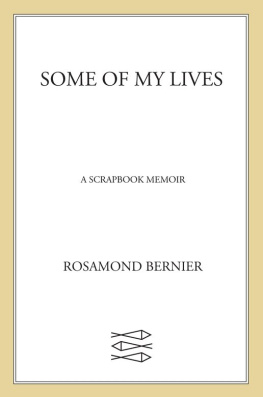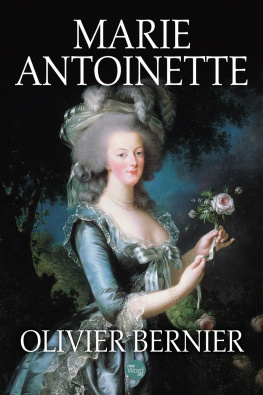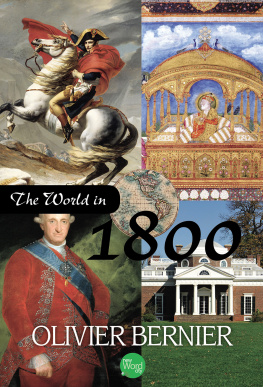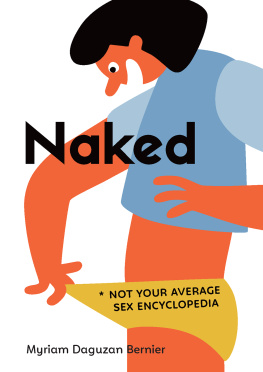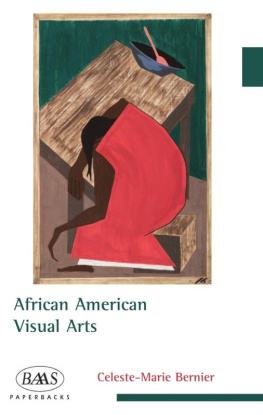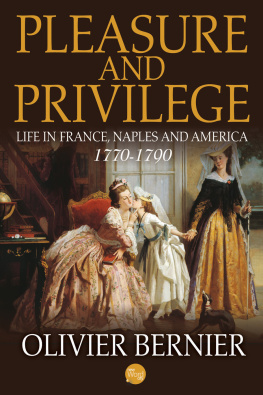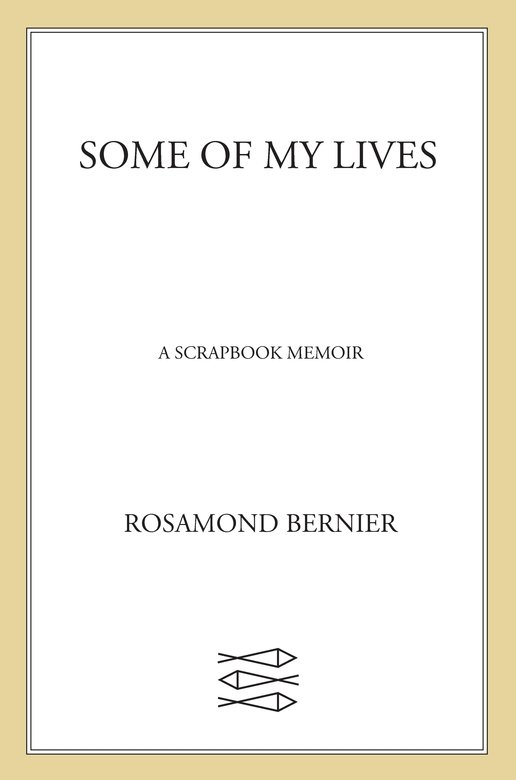My first thanks go to my stepson, Olivier Bernier, for his steadfast encouragement and editorial acumen.
I will always be grateful to my stylish agent, Lynn Nesbit, for introducing my book and me to Jonathan Galassi. This led to the happiest of collaborations with Jonathan and his colleagues Jeff Seroy and Jesse Coleman, models all three of helpfulness and patience.
My longtime friend and now lawyer Virginia Rutledge has been, as always, a valued sounding board and counselor.
An abrazo to my nieces Natalia and Margarita Jimenez for keeping the Spanish accents going in the right direction.
My thanks to Elizabeth C. Baker, distinguished art editor, for taking a benign look at some of my text.
Another old friend, now the Rev. Susan J. Barnes, made helpful suggestions about a subject she knows intimately, the Menil family and collection.
Affectionate thanks to Michael Mahoney, who invented me as a lecturer and added a clarification to the Manet family text.
Thanks are due to Stephen Pascal, who delved into the Cond Nast archives for me.
More thanks go to Marcello Simonetti, who stepped in late with some helpful observations.
On the home front, I thank my assistant, Sue Spears, for plumbing the depths of the technological age for me.
And warm thanks to my housekeeper of thirty-five years, Lucy Montes, for her unselfish devotion.
A bouquet of thanks to the master florist Ronaldo Maia, for brightening my life with his uninterrupted, imaginative generosity.
This is my foreword to the enlarged and updated version of my husband John Russells Paris . This new version was published by Abradale Press, Harry N. Abrams, Inc., Publishers, New York, 1983. (It was originally published in 1960, in London.)
W hen I first read John Russells Paris , I remembered particularly a very small room halfway to the sky in what was then my favorite Left Bank hotel. The rooms on the top floor of the Pont Royal are not as large as the ones lower down, but after trying some of the others, I decided to perch above, where each room had a small balcony and you could step out through the French windows and there in front of you was a clear view across Paris.
You could look down to the right and follow the rue du Bac on its straight reach for the Seine. Eighteenth-century town houses with flat stone facadesnot yet sluiced clean on Andr Malrauxs ordersand elegant doorways lined one side of the street, rising to steep, humped roofs (gray tile, usually) bitten into by mansard windows with projecting triangular hoods. Across the river was the cluttered mount of Montmartre, topped by the ridiculous but endearing white fantasy of the Sacr-Cur. To the left was the Eiffel Tower and, still farther, the gold-ribbed dome of the Invalides. Paris in my pocket.
This is where I came to live in the late 1940s, when an American magazine sent me to Paris to report on the arts. The Pont Royal was cheap in those days, and it was near to everything I wanted.
I was extraordinarily lucky to be starting a career at that time, when Paris was still a great center of intellectual and artistic energy. Art and life were beginning again after the long dark night of theGerman occupation. As Cyril Connolly once wrote about French writers, Intelligence flows through them like a fast river. The river was indeed flowing fast. The great figures of twentieth-century art were still in full activity. There were new magazines, new books, new art galleries, new plays, new hopes. Even new music was beginning to make its way.
Writers, publishers, and art dealers from all over stayed at the Pont Royal or met there. Fred, the Swiss concierge, knew them all and kept a fatherly eye out for me. When I came home from work, he might tell me, Monsieur Skira left this morning to visit Monsieur Matisse in Vence. Monsieur Matisse didnt sound a bit pleased when he telephoned. (The Swiss publisher Albert Skira was chronically late and never answered letters, which infuriated the supermethodical Matisse.) Or he might say, Monsieur and Madame Mir are arriving tomorrow from Barcelona for a week. Monsieur Curt Valentin is expected from New York Tuesday. (Curt Valentin was the most imaginative New York art dealer of the day.) Monsieur Stephen Spender came in from London and was looking for you.
My room with its Turkey red carpet, brass bed, and nubbly white coverlet offered few amenities: one chair; an old-fashioned stand-up wardrobe; watery lights. The telephone was cradled uneasily on two metal prongs. Its function was mainly symbolic. Even the most exasperated jiggling rarely caught the attention of the standardiste . Often it was quicker to go out, buy jetons , and call from a caf. Once, in a rage of frustration, I stormed down to confront the telephone operator face-to-face, only to find her standing in her cubicle, tape measure in hand, intently fitting a friend for a dress while her switchboard flashed futile appeals.
The bar, downstairs from the lobby, was conspiratorially dark and filled with deep and overstuffed brown leather armchairs and sofas. This was my club, a quintessentially Parisian listening post where you went to find out whos in, whos out, and whos gone away and will never come back. Publishers and authors negotiated over the new fashionable drink in France: le scotch . The painter Balthus, more Byronic than Byron himself, would drop by and give me news of Picasso. Jean-Paul Sartre and Simone de Beauvoir were regulars. At that time their fame and the provocative aura that surroundedthe word existentialist (practically nobody knew what it meant) had made them objects of universal curiosity, and they had abandoned their previous headquarters at the Caf de Flore for the less exposed Pont Royal.
Later, when I had an apartment, I continued to see Jean-Paul Sartre and Simone de Beauvoir, though neither of them cared much for Americans in general. Once, when Sartre came to lunch, he gave an offhand demonstration of mental agility: without stopping the general conversation, he deciphered, one after another, the formidably difficult word-and-picture puzzles on my Creil dessert plates.
Although I moved from the Pont Royal, I never left the quarter. It was, and is, a neighborhood of bookstores and publishing houses. The grandest, Gallimard, is a few steps from the Pont Royal. I used to go to its Thursday afternoon garden parties every June; they were long on petits fours and short on liquor. Alice B. Toklas lived around the corner from my office and was always ready to receive the favored visitor with enormous teas. She was exquisitely polite, and even when very old she would insist on serving the guest herself.
In Paris, you are on easy terms with the past. I would nod to Apollinaire, a favorite poet, as I went by 202, boulevard Saint-Germain, where he lived after coming back wounded from the front in World War I. I liked going by the Jesuit-style Eglise Saint-Thomas-dAquin, set back from the boulevard, where Apollinaire was married, with Picasso as witness. On my way to Nancy Mitfords, I would go by 120, rue du Bac, a handsome house from which Chateaubriand set off every afternoon to visit Madame Rcamier. Ingres, Delacroix, Corot, George Sand, Madame de Stal, Voltaire, and Wagner (he finished Die Meistersinger in Paris) were among the friendly neighborhood ghosts.
It is often said, and with some reason, that Parisians are not hospitable to the foreigner. But what an abundance of generosity and hospitality came my way! I remember Picasso rummaging through the indescribable chaos of his vast studio on the rue des Grands-Augustins to try to dig up some drawings I wanted to publish. Fernand Lger lined up his recent work for me and asked which canvases I liked best. Matisse received me with all the books he had illustrated, meticulously opened out so that he could explain in eachcase what problems he had solved and how. The admirable, austere Nadia Boulanger (who taught so many American composers, beginning with Aaron Copland) invited me to her icy apartment on the rue Ballu to hear her latest protg. The composer Francis Poulenc, a bulky, pear-shaped figure, was droll beyond words and yet indescribably poignant as he accompanied himself on a small upright piano and sang the soprano solo of a woman desperately trying to hold on to her loverfrom his La Voix Humaine . President Vincent Auriol took me on a tour of the Palais de lElyse after a press conference to point out the famous Gobelins tapestry. And I remember the ultimate Parisian accolade: a great French chef, the late Ren Viaux of the restaurant in the Gare de lEst, named a dish after me. It is reproduced in color in the Larousse Cuisine et Vins de France . He later became the chef at Maxims, where I always got special treatment.

